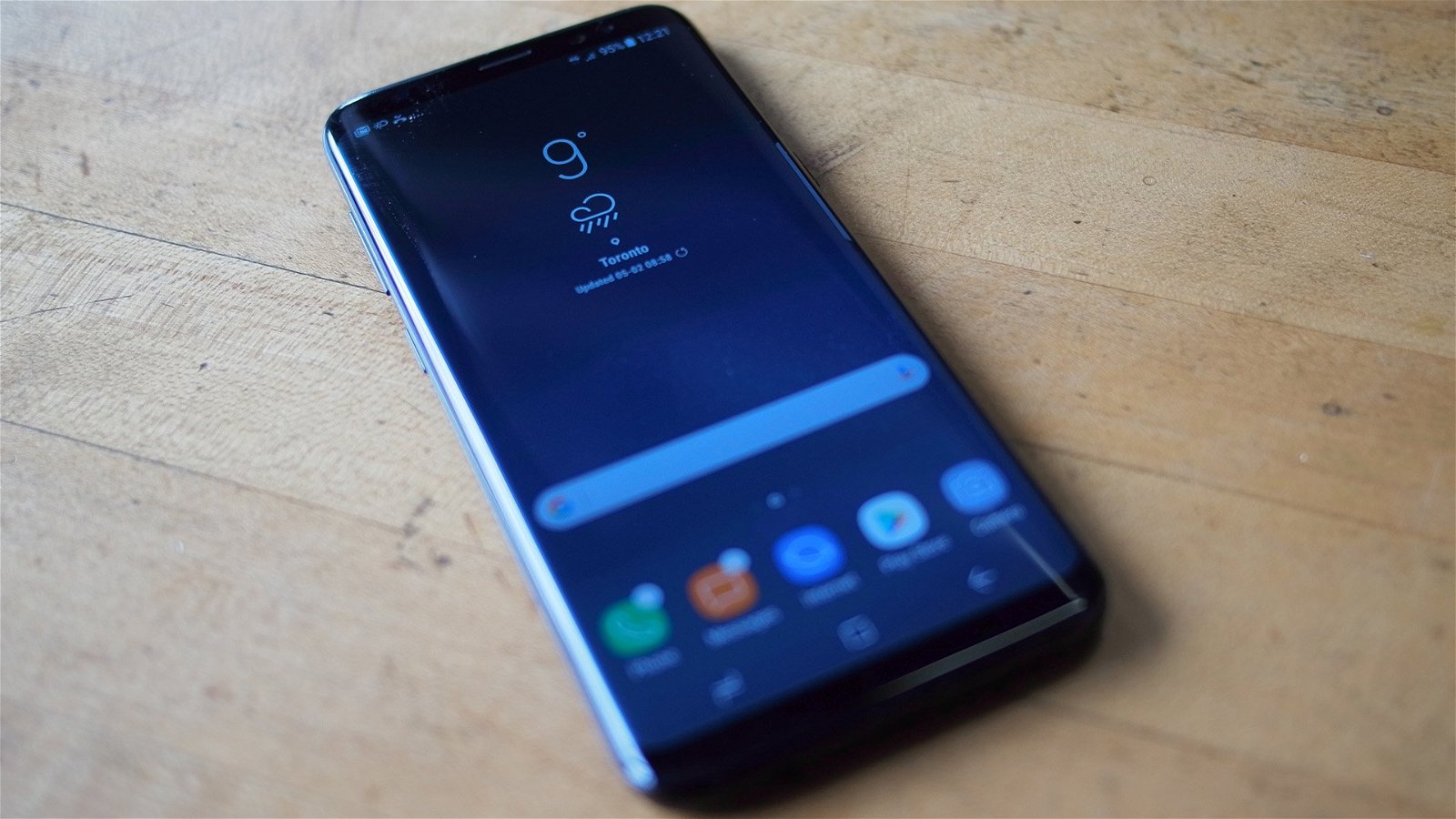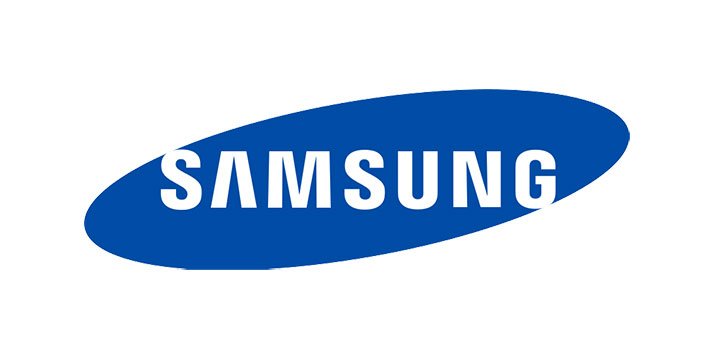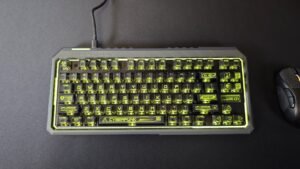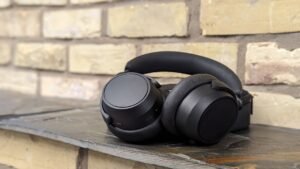Smartphones have reached a point where they have become boring. Sure, it is exciting when you think of the power that is at your fingertips, the ability to have a little computer that short of some complex tasks can do everything you need. But they have lost that wow factor. All phones look the same, a sheet of glass with some possible bottom buttons and a metal or glass back. There are some variations on this formula, but ultimately they all feel very similar.
Yet this year, Samsung has bucked this trend and delivered something truly inspiring. The Galaxy S8 is an edge-to-edge screen on a phone that feels as if it was plucked out of a science fiction film. Short of a few minor grips, Samsung have not only hit it out of the park with the Samsung S8 and S8+, but they have done the unthinkable, they made smartphones exciting once again.
This year was the year where Samsung needed to prove itself. The bad press that spawned out of the Note 7 debacle meant all eyes are on Samsung, and to see how they would follow up what was potentially a PR nightmare. At the Unpacked event in New York, they managed to wow the audience. It was a phone that pushed the boundaries of what was seen in the past and used an inspired design that has not been used before. Needless to say, I was excited when I got my hands on the phone to see how it all felt in real world testing.
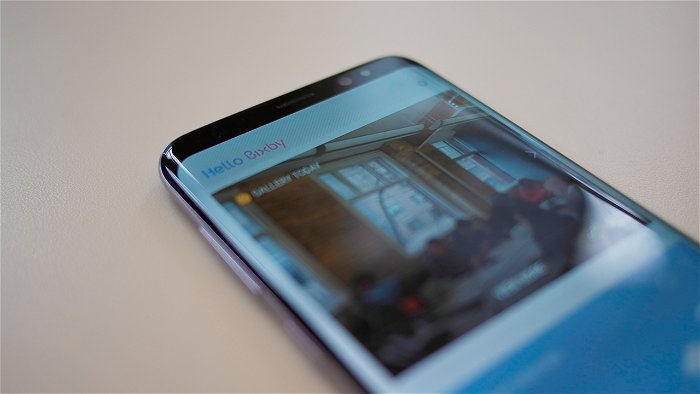
Looking at the S8, and you will see a phone that Samsung took care in designing. The sleek curved edges slowly taper out of the sides giving it an elegant clean feel. The back carries this same concept, having a slight curve that ensures it is a pleasure to hold and use. The camera and fingerprint sensors rest next to each other on the back of the device, with the front of the phone lacking any noticeable buttons. The sides of the phone have power, with the left side equipped with volume and a dedicated Bixby button, although more on this later.
The big thing people will notice with the Samsung Galaxy S8 is the size and the screen. The tall design differs from other phones on the market, making it feel much smaller than competing hands, even though the phone comes with a 5.8-inch display. Other phones, including last year’s Samsung S7, make the S8 feel positively tiny in comparison. This all comes down to the truly stunning edge-to-edge screen Samsung has fit within the small body.
The curved glass and lack of bezels give the Samsung Galaxy S8 a Star Trek, futuristic vibe. While the thin body, small screen, and lack of heft at only 155 grams ensure it is a pleasure to use. Samsung has also ensured the S8 is IP68 Rated, so if you get caught in the rain or you happen to drop the phone in water, you should be okay. They suggest you avoid dropping it in saltwater, as that carries a new set of problems.
This brings us to the thing I felt most impressed me with the phone, and that is the screen. The 5.8-inch AMOLED display is a thing of beauty. Colours look bright and vibrant on it, and with the ability to have HDR on videos and pictures, it will be hard to go back to a standard LCD screen again. It is truly a step above other smartphone displays currently on the market. The 2960 x 1440 display makes videos look stunning, and with the 570 pixels per inch ensure you will never see individual pixels while using the phone. The 18.5:9 ratio, while sounding odd, works wonders in practice. I found myself using it as my go-to YouTube device.
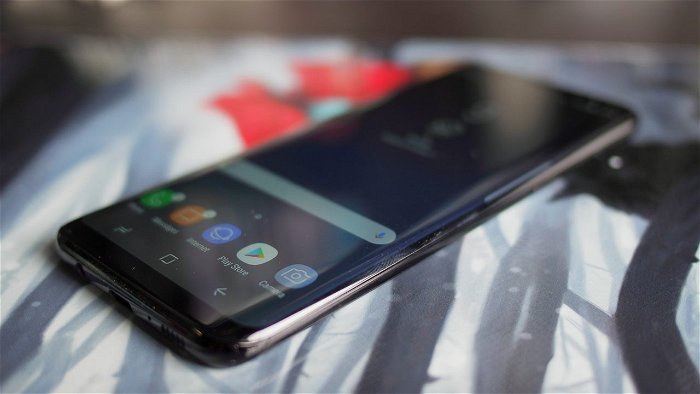
Now before I go any further, I want to address the elephant in the room, the placement of the fingerprint sensor. Let’s get this out of the way; it is not the ideal placement. You will get used to it, and though my testing I almost forgot it was in an awkward position, with the keyword being “almost”. It is not ideal, and I often found myself smudging up my camera rather than unlocking the phone. But after a few days of use, it did eventually become second nature. I do hope Samsung take this into consideration for next year’s phone, as ultimately this was my biggest gripe with the design, and even then I only found it to be a minor annoyance.
Samsung has opted to remove the hardware navigation buttons on the Samsung Galaxy S8, and instead have onscreen buttons that, as with other Android, vanishes and displays when it is needed. While I am personally a fan of dedicated hardware buttons, Samsung has managed to ensure these onscreen buttons works flawlessly. They also managed to throw in some minor haptic feedback for the onscreen buttons, which while not as nice as physical buttons, do a good job at letting you know when you hit the button correctly. Overall, I never found the issue when testing the phone, and overall it all works to create all screen feel that the S8 boasts.
Powering the stunning display is the latest flagship Qualcomm Snapdragon 835 or the Exynos 8895 SoC in select markets—the review unit we tested had the Exynos 8895 SoC. The powerhouse processor comes with the Adreno 540 GPU for graphics—Mali-G71 MP20 on the Exynos 8895—and 4GB RAM to ensure multitasking is a breeze. I ran the Samsung S8 though all the games I could think of, from Mortal Kombat, Broken Age, and Fallout Shelter, and they all ran flawlessly. Even jumping into some Vainglory, playing through some intense online matches, I never saw any frame rate drops, and everything felt silky smooth. The S8 is a phone packing some real power, and this theme of silky smooth usage runs through all aspects of using the device.
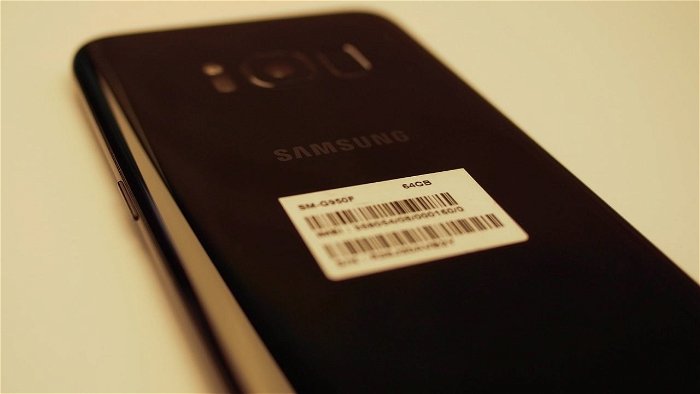
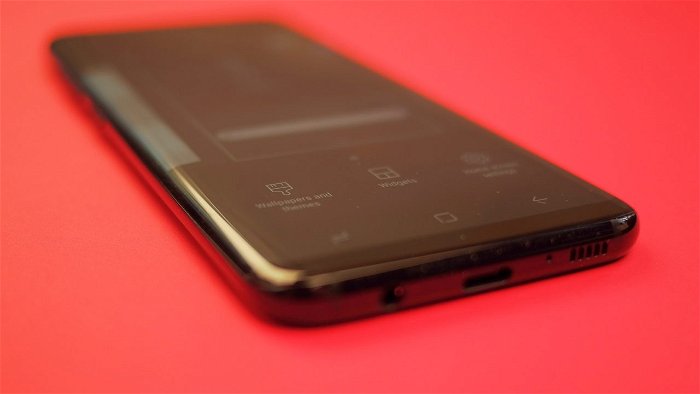
From web browsing to multitasking, the Samsung Galaxy S8 never disappointed. Even when playing 4K video, the S8 managed to push pixels quickly and without any stutters. It is amazing to imagine that I have laptops that struggle with these tasks, yet this small computer I can fit into my pocket runs flawlessly.
With all this power, you would expect the battery to take a hit, and yet it was quite the opposite. The Samsung S8 managed a full day on a single charge. That is amazing, considering the size, power, and display. Unplugging the phone in the morning, playing a selection of games, browsing and some social media throughout, and it still managed to have around 40 per cent battery when I finally got ready for bed. Impressive for any phone, let alone a flagship of this level.
Regarding benchmarks, the Samsung S8 managed a Geekbench 4 single core score of 1846, and multi-core score of 6613. In Antutu the Galaxy S8 managed to get a score of 170257, putting it near the top of phones currently on the market, ensuring little will have issues running on this handset.
The camera on the Samsung S8 was good, but it did not feel like a noticeable upgrade from last year’s offering. The f/1.7 12-megapixel while fantastic for everyday shots and feels identical in quality as the S7. That all being said, the Samsung S8 does manage to have one of the best cameras currently on Android phones, and could be argued one of the best smartphone cameras period. The true to life colours and sharpness is hard to beat. Even low light images looked good, albeit a tad grainy for my liking. And yes, the S8 does not have the dual lens technology that companies like Apple are adding to their phones, Samsung has done some significant work in the area of software to make up for some of these shortcomings.
Samsung has also updated the front-facing camera on the Galaxy S8. The camera has been bumped the megapixels up to 8 f/1.7 compared to last year’s 5. While the shots you get from the “selfie” camera won’t be featured in any art galleries anytime soon, the shots seemed much brighter, clearer, and ultimately more detailed, especially when compared to other front facing camera offerings on other smartphones.
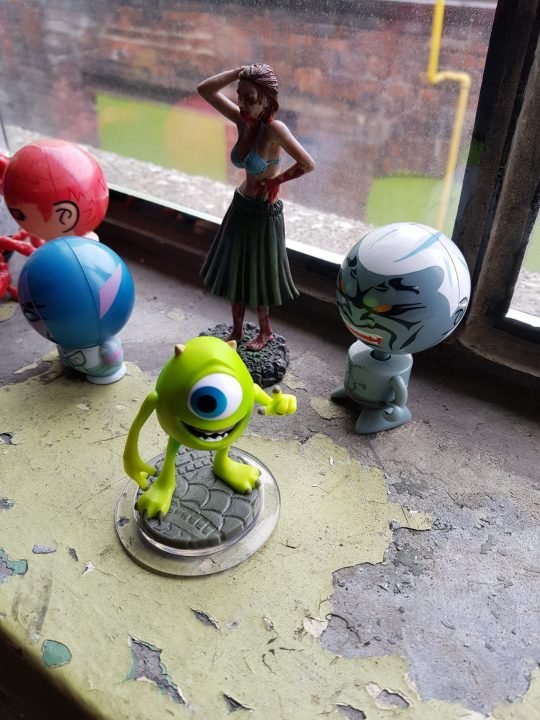
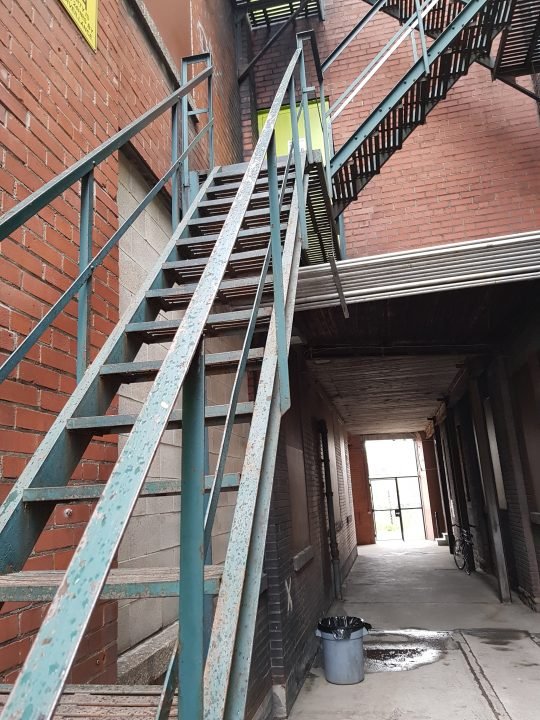
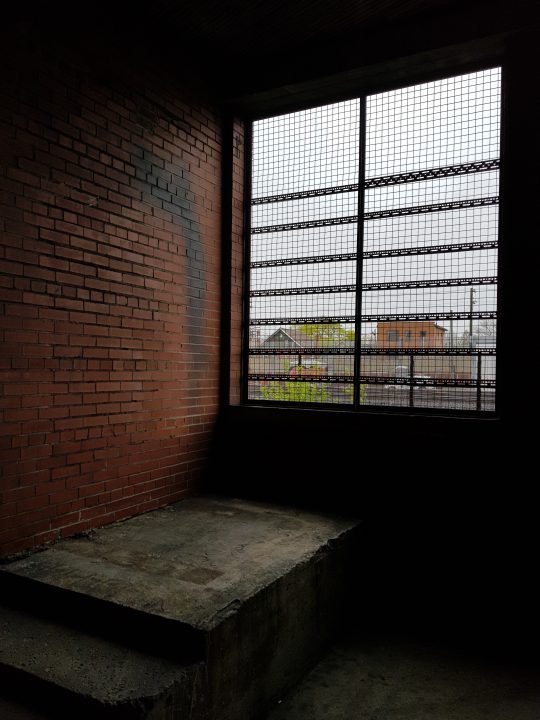

Now the newest feature packed into the Samsung S8 is Bixby. This new personal assistant offers many of the features seen in things such as Siri, Google Assistant, and Alexa, but Bixby is trying to be different, it tries to focus on the standard phone like functions, such as camera integration, and news feed along with note taking. While I don’t believe Bixby is groundbreaking, it was a nice feature that I worry ultimately will never get used. With so many other assistants already integrated into people’s lives, it is hard to see how Bixby will be made to stand out. It should be noted that at this time Bixby voice is currently not available until later in 2017, so we will need to wait and see how that pans out.
The Samsung S8 will also power a unique desktop mode, known as Dex. This desktop mode will need a unique cradle that while using the power of the phone that can give users a full computer like setup. Just hook it up to a mouse, monitor and keyboard, and you are good to go. Sadly, at the time of writing, this feature is currently not available in Canada to test, so we are unable to test how well Dex works in a real office environment, or even how useful it will be for the user on the go.
The Samsung S8 is a noticeable upgrade from previous phones and one that makes all other devices feel obsolete in comparison. It has a stunning screen, blazing fast performance, and a form factor that is stunning. This is a flagship device that earns that name, even if it all comes at a hefty price tag. For anyone looking to upgrade and demand the best, it is hard to go wrong with the Samsung Galaxy S8; it is a phone that ushers into the future of mobile computing, and it is all done beautifully.
